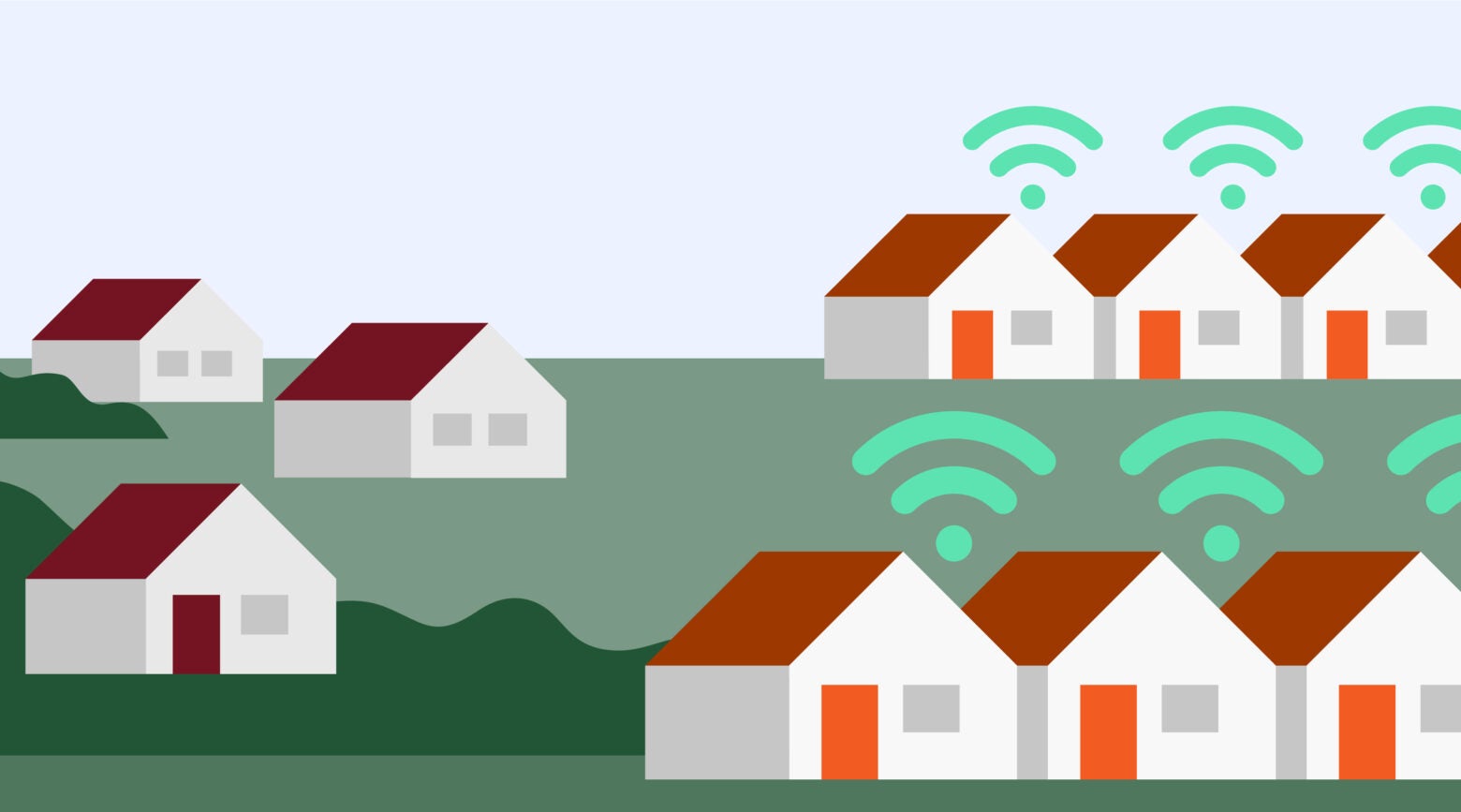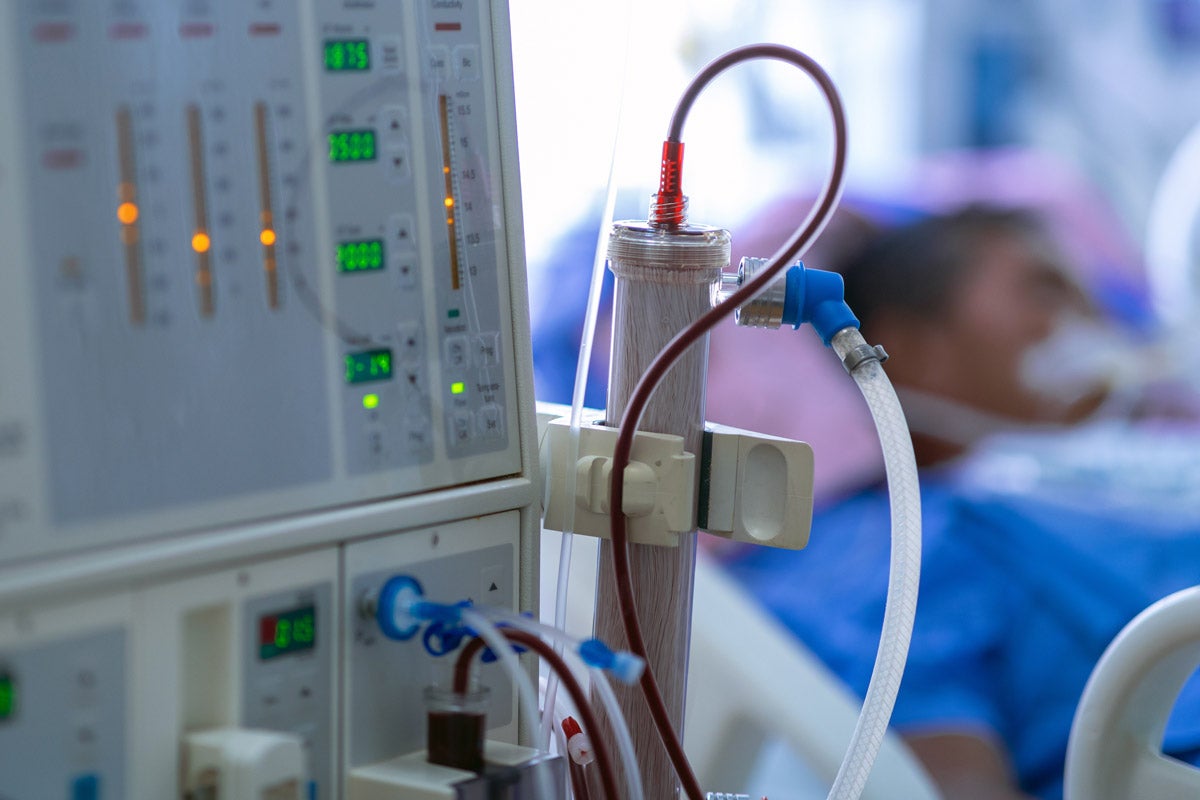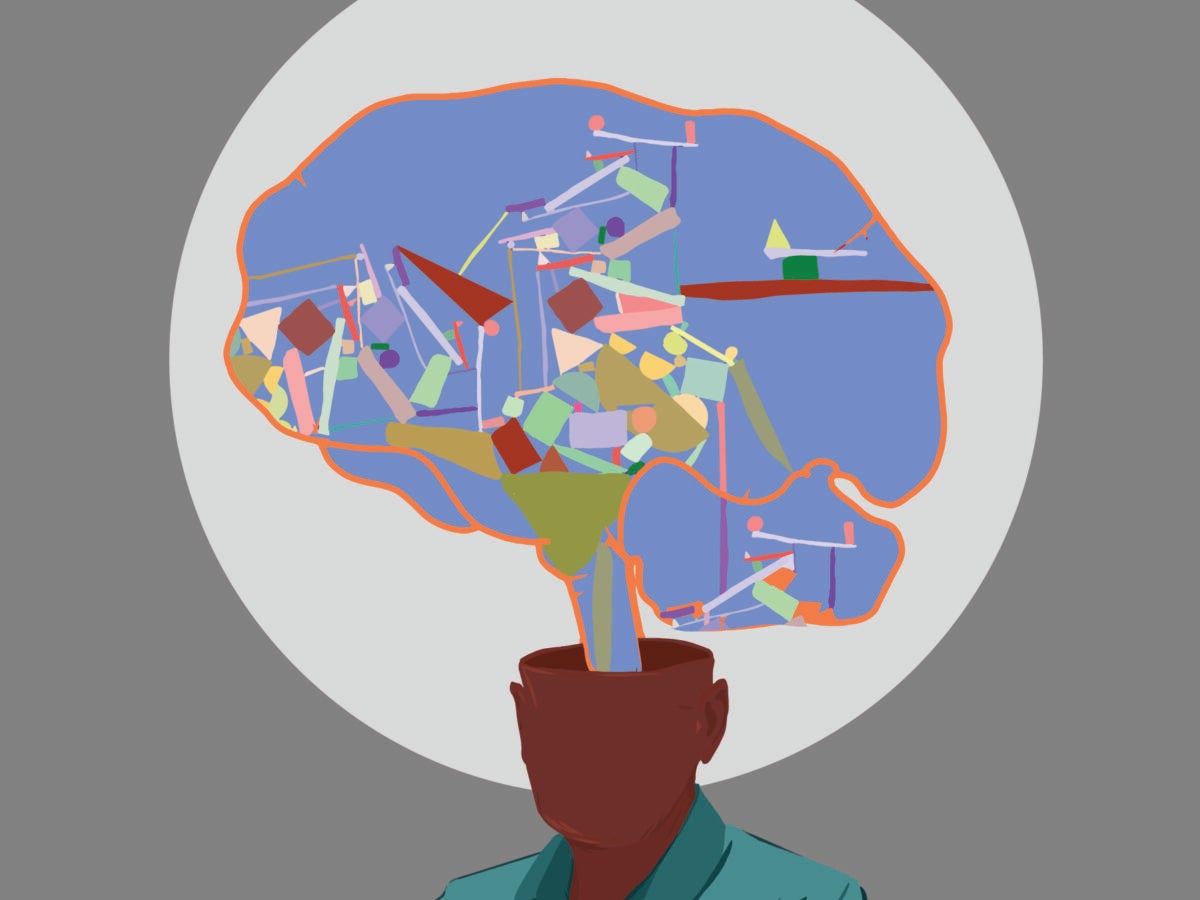
Opinion
Digital redlining perpetuates health inequity. Here’s how we fix it.
Health care systems are increasingly screening patients for nonmedical factors that influence health and create disparities in health outcomes, including where patients live, whether they lack food or housing, and what their income is. But doctors often ignore one important social determinant of health: access to broadband internet.
More than 42 million people who live in the United States still don’t have internet access. People of color and people who live in rural and low-income areas are hit the hardest, thanks to digital redlining—unequal investment practices in broadband infrastructure that can be traced back to the federal government’s neighborhood redlining policies, originating in the late 1930s.
These policies deliberately segregated neighborhoods by race and ethnicity and prevented predominantly Black communities from accessing opportunities, such as homeownership and financial support. Over time, this led to significant economic and social neglect in these communities, contributing substantially to racial health disparities.
Although redlining was outlawed in 1968, digital redlining is a modern manifestation that continues to perpetuate existing inequities, resulting in diminished access to essential services like health care, education, and job opportunities. Digital redlining particularly affects marginalized groups such as Black, Indigenous, and Latino communities, individuals with low income, and those living in rural areas.
Sign up for Harvard Public Health
Delivered to your inbox weekly.
Examples of digital redlining include internet service providers charging the same or higher rates for internet access regardless of service quality; targeting advertisements based on personal data, which exacerbates existing inequities; and offering disparate access to and speed of online services based on factors like neighborhood income and racial demographics.
For instance, data from Los Angeles County between 2014 and 2018 showed a direct correlation between race, income, and investment in broadband infrastructure by internet service providers. Not only were Black and low-income neighborhoods less likely to have broadband, but providers were less likely to offer residents competitive prices.
Internet service also varies significantly by geography: In urban areas, as much as 98.8 percent of people have access (defined by the Federal Communications Commission as the minimum benchmark speed); in rural areas, that falls to 82.7 percent; and in tribal areas, 79.1 percent. Even in areas with broadband, speed and price vary widely; high-income neighborhoods can access speeds up to 400 times faster than low-income neighborhoods at the same price.
The urgency of the problem is underscored by recent legislative efforts to enhance broadband infrastructure. The Biden administration’s ambitious $42 billion proposal aims to provide universal broadband by 2030. The COVID-19 pandemic underscores the importance of access to digital resources, especially with telehealth becoming a crucial lifeline for millions.
The Accurate Map for Broadband Investment Act of 2023 revamps the Broadband Equity, Access, and Deployment (BEAD) Program and is designed to enhance broadband internet access nationwide. The BEAD Program, overseen by the National Telecommunications and Information Administration (NTIA), supports broadband projects. Currently, funds are allocated based on data from the map, and states receive funds in stages. Under the proposed legislation, after the initial distribution, the NTIA will reallocate the remaining funds based on the updated map to ensure equitable distribution.
Another option could be revitalizing the discontinued Affordable Connectivity Program. This bipartisan initiative that began in 2021 and ended earlier this year helped more than 23 million low-income households afford broadband internet through ongoing discounts on internet bills and one-time discounts for purchasing computers or tablet devices.
States and cities are part of the solution, too. The “Minnesota Model” is noteworthy for its legislatively-mandated state broadband speed goals, managed by the state’s Office of Broadband Development. This office oversees the state’s internet grant-matching and technical assistance program, working with the Rural Broadband Coalition to ensure broadband access reaches all corners of the state. And the United Way of the National Capital Area ranked cities including Sacramento, California, Seattle, Washington, and Boston, Massachusetts as some of the best in the nation for digital equity, based on factors including access to low-priced broadband, the number of free Wi-Fi hotspots, and the percentage of adults with internet plans.
There is still much to be done. By leveraging innovative solutions and collaborative efforts and learning from successful case studies at the state and local levels, we can bridge the digital divide so that access to essential services is a right for all and not a luxury for some.
Image: calvindexter / iStock


